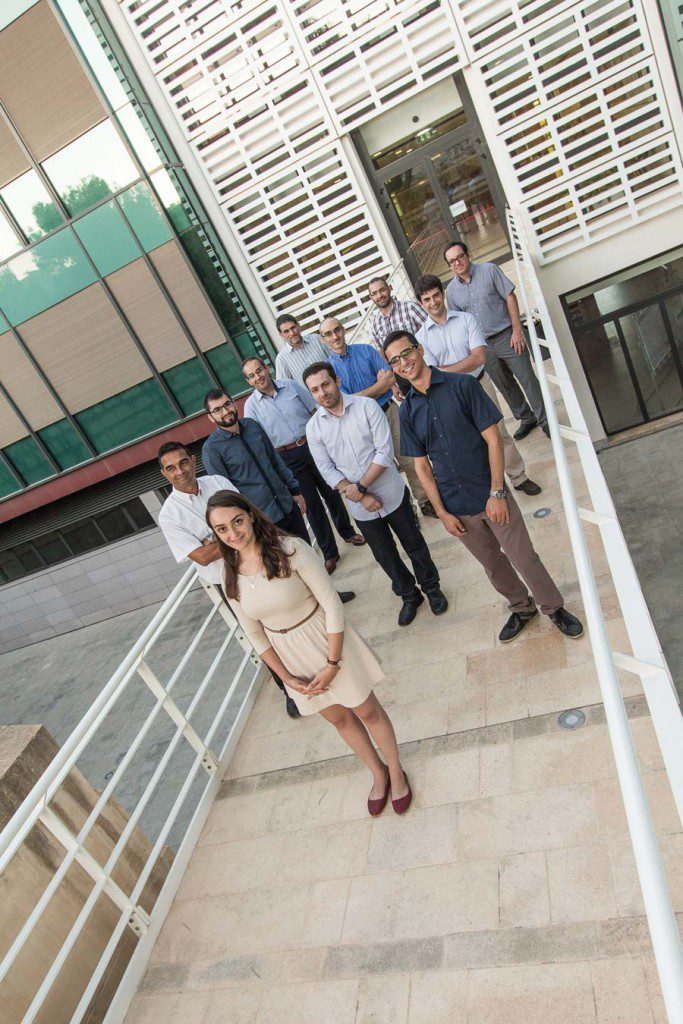In a 27 km circular tunnel beneath the French and Swiss borders lies the largest experiment on Earth – CERN’s Large Hadron Collider (LHC). Capable of spinning particles at close to the speed of light, it smashes them together in the bid to better understand the fundamental makeup of matter and ultimately answer the age old question. A magnificent feat of engineering, the LHC goes where no other machine has gone before.
The magnets it uses to guide the particles’ trajectory are cooled to temperatures below those found in space. On the other hand, the collisions are over 100,000 times hotter than the sun’s core. These collisions generate enough data per year to fill millions of hard drives. The cables needed to transfer that data could be wrapped around the Earth nearly seven times. CERN has changed everything.
With over 12,000 scientists from 120 nationalities collaborating within its structures and countless achievements to its name, this prestigious research centre has been granted a seat at the United Nations.
CERN’s crown jewel is its discovery of the Higgs Boson in 2012. The initial financial investment of €7.5 billion paid off in a big way. After decades of design and the construction of the LHC, scientists managed to find this elusive particle, unlocking the explanation of how other particles have mass. It was one of the last pieces of the puzzle in the Standard Model of Physics that explains how the world of the very small works. Yet there are still many unanswered questions. What is dark matter? Does supersymmetry exist? What was the start of the Universe like?

To answer them, one needs better equipment. CERN has already planned for this need years in advance. Already, a very distinct step-by-step structure has been set up to effect the necessary changes and circumvent the engineering problems that come with working with machines like the LHC. A shutdown is scheduled for 2019 which will see the experiments and the injector complex upgraded. It will then be restarted some years later to run at the design parameters only to be shut down yet again a couple years later for its final planned retrofit. The relaunch will take place in 2025 with the LHC being reintroduced as the High Luminosity LHC with even brighter beams and more particle collisions. Malta steps in at each upgrade.
The University of Malta (UoM) has been collaborating with CERN for over a decade. In July 2015, the partnership was taken a step further with Malta becoming an Associate Member of the ALICE Collaboration, one of the big four LHC experiments at CERN. As a result, the UoM gained much needed access to scientific data and resources. To celebrate, THINK has dedicated this issue to the Maltese researchers working within this collaboration.
One of CERN’s foremost particle physicists, Prof. Paolo Giubellino, kicks things off with insight into the humble beginnings of the ALICE experiment.
UoM researchers come into play as they attempt to solve CERN’s problem with the vast amount of data it produces from the LHC collisions. Being part of a giant global computing network called the World Wide LHC Computer Grid, CERN needs to filter and sort this data as quickly as possible.
Another aspect of their work involves removing unnecessary noise, also known as background events, from the detectors. This will help in compressing the data and allow the detector to focus on more interesting events. Other researchers are looking into optimising the electronic circuits and control boards in order to improve how data is handled. Implementing new technologies and engineering solutions has led them to improve the rate of data being gathered from collisions by over tenfold. All this should be online for the next LHC run in 2020.




Comments are closed for this article!